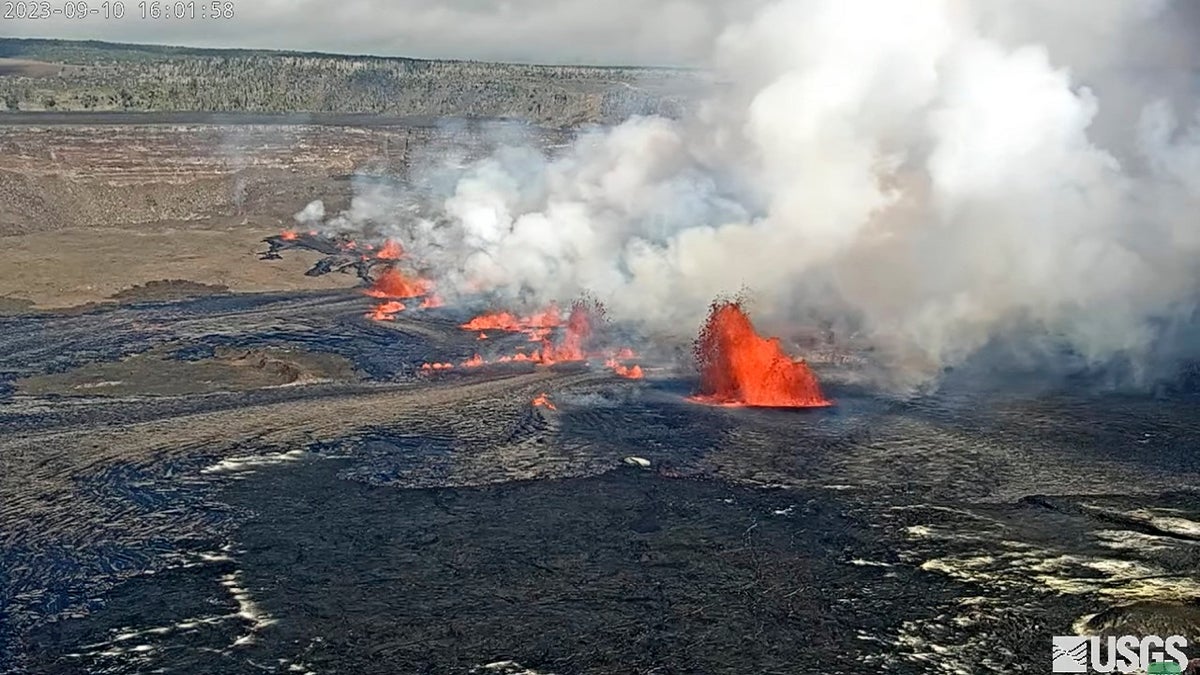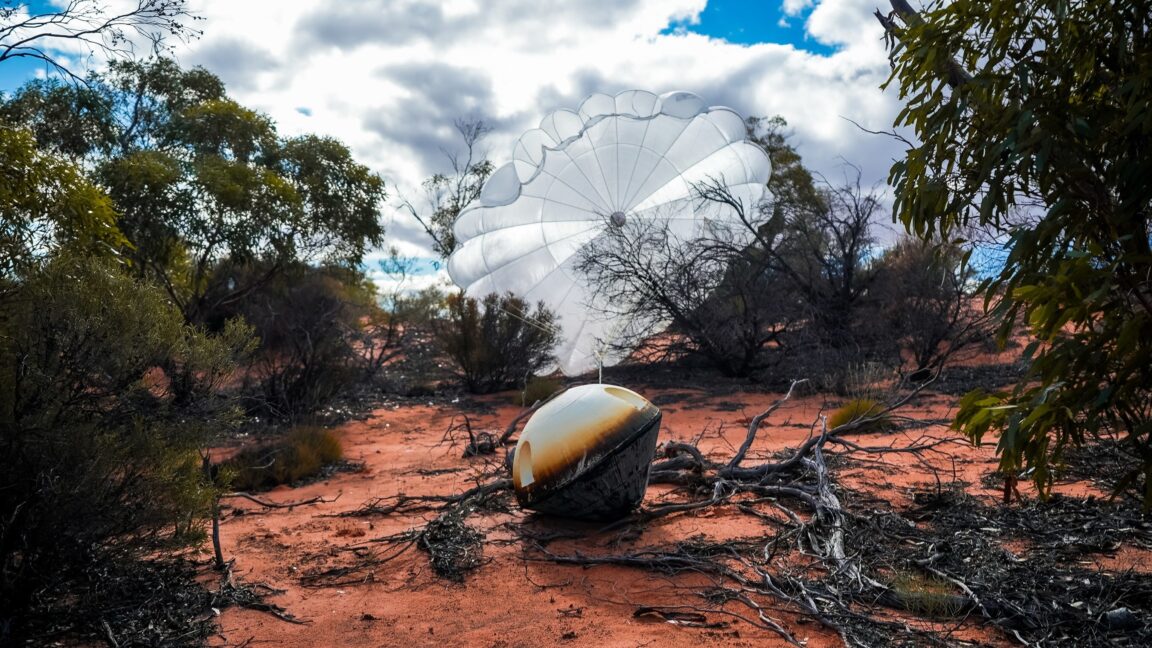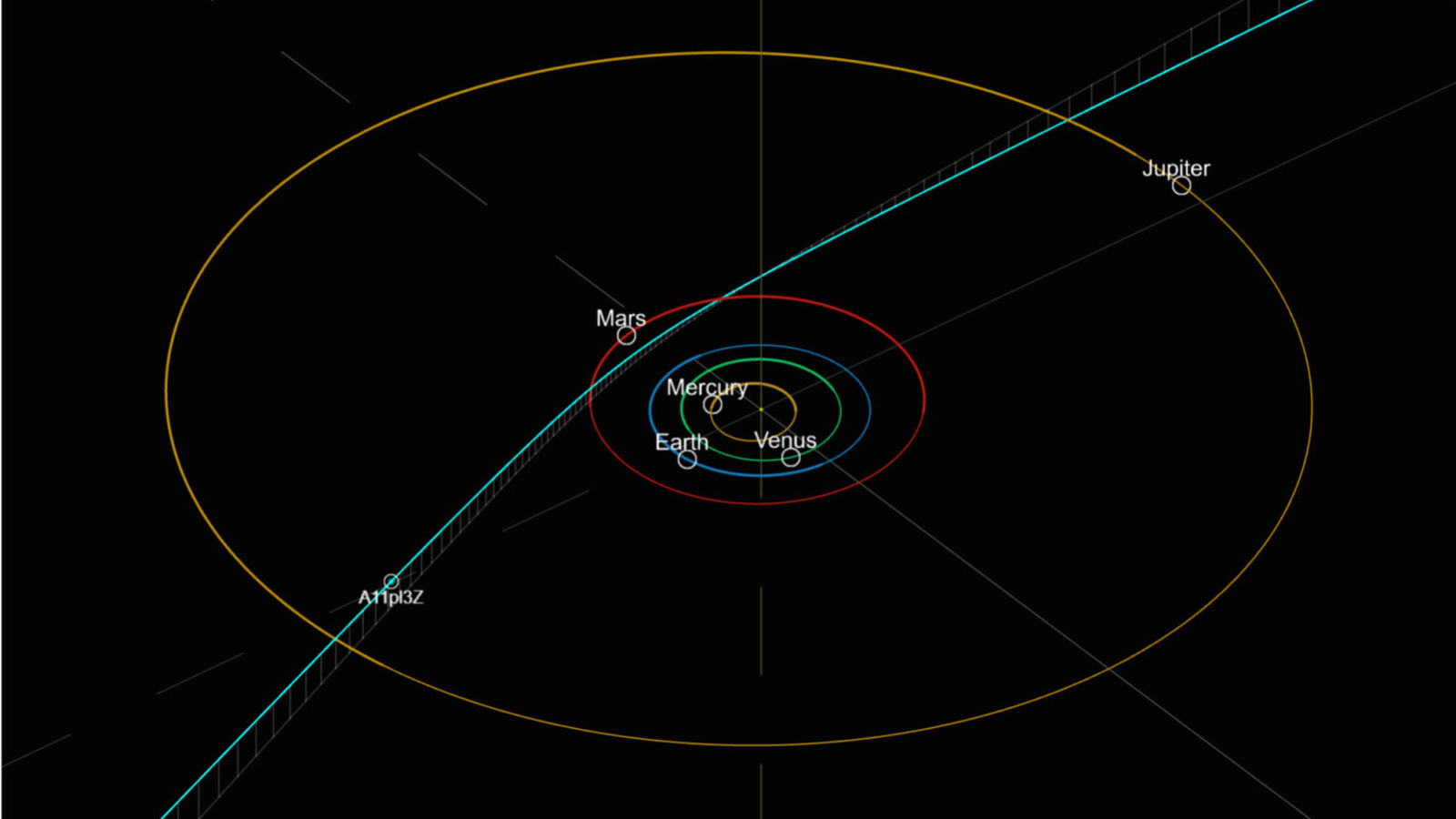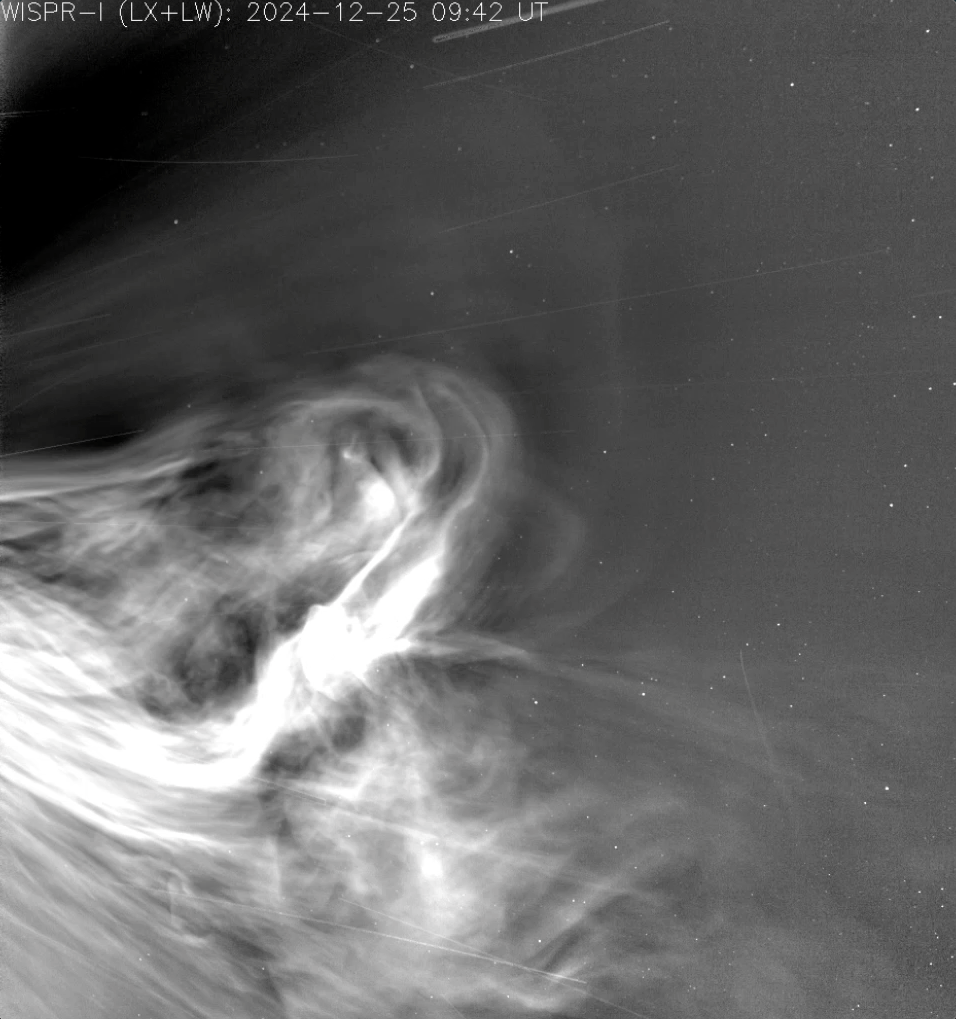The Kilauea volcano in Hawaii has erupted for the third time this year, according to the U.S. Geological Survey.
On Sunday, around 3:15 p.m. local time, the USGS Hawaiian Volcano Observatory reported that an eruption has started within Halemaʻumaʻu crater and on the east side of Kilauea’s summit caldera. The eruption was preceded by strong seismic activity and rapid uplift of the summit.
The initial stages of eruptions can be quite dynamic. Webcam images show lava flowing on the surface of the crater floor. The eruption is currently limited to Halemaʻumaʻu and the hazards will be re-evaluated as it progresses.
This is the volcano’s third eruption this year, following previous eruptions in January and June.
In response to the ongoing activity, the USGS has raised the volcano alert level from WATCH to WARNING, indicating a higher level of hazard. The aviation color code has also been raised from ORANGE to RED, indicating a significant emission of volcanic ash into the atmosphere.
While the volcano’s current activity is limited to the summit and does not pose a direct threat to communities, the emissions and gases from the eruption can cause breathing difficulties for exposed individuals.
The volcanic gas consists mainly of water vapor, carbon dioxide, and sulfur dioxide. Volcanic gas can create a visible haze known as vog or volcanic smog, and pose risks to humans, crops, and livestock.
Kilauea is one of the world’s most active volcanoes. Its previous eruption in January lasted for 61 days.
Before this year, the volcano’s previous eruption was in September 2021 and lasted for 16 months.
Greg Wehner contributed to this report.













